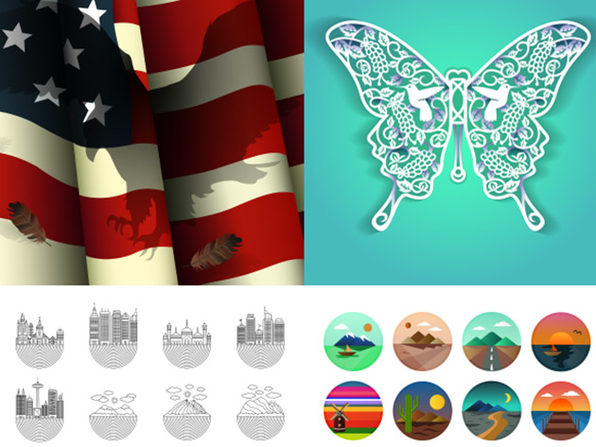Original Source: http://feedproxy.google.com/~r/CreativeBloq/~3/A3ALEfsC3SM/best-smartphone
Finding the best smartphone in 2019 isn't easy. You could simply go for the latest iPhone and feel satisfied that you've chosen wisely. But we think there's a lot more to it than that. And in our view Android has really got Apple on the run these days when it comes to quality and value.
What you can do creatively on a smartphone is a major battleground for mobile phone manufacturers. Watch any major handset launch video, and the claims made in this regard are lofty. But the world's best smartphones genuinely are packed with features that could genuinely make your projects easier, more sharable and even better. (Pair them with the best iPhone apps and Android apps for creatives and you're laughing.)
So what's the best smartphone in the world in 2019? The Samsung Galaxy Note 9 still gets our vote so far (although not by much), thanks to its magnificent screen, dedicated S Pen and all around greatness. If it's within your budget and you're not bothered about the latest iPhones, we recommend you make a beeline for the Note 9.
But there's a lot of choice out there. In this guide, we'll walk through the top contenders in all shapes and sizes, from a variety of manufacturers and budgets, and including Android and iOS options, to help you decide which mobile phone to buy.
Of course, screen quality and processing power are considerations you need to make. But we'll also tell you the best camera phone to grab if fantastic photography is a greater consideration for you (spoiler alert; the Google Pixel 3 is top of the pops), or if you're buying on a shoestring. Keep reading to discover the best mobile phones right now.
The world's best smartphones in 2019
Right now, we think the best smartphone in 2019 overall is the Samsung Galaxy Note 9, particularly for creatives. It's just so good in so many areas – and could be a genuine game-changer for your workflow. The colours and clarity on that massive screen will make your visual projects sing, and we love the extra functionality featured with the improved S Pen stylus that comes in the box. It means you can get so much more from your Note 9, especially on the move. The battery's been cranked up to an enormous 4,000mAh – very few other smartphones come close to this. All that RAM and state-of-the-art chipset means it'll handle pretty much any task you throw at it, including the brave new world of VR.
Of course, the Note 9 isn't the cheapest option in this list of the best smartphones in the world (there are plenty of more affordable options below). And the price only escalates if you decide you want to upgrade to 1TB of onboard storage. But if you can stretch to this super-sized Samsung, you won't be disappointed.

It wasn't an easy choice between the Note 9 above and the Samsung Galaxy S10 Plus. And if photography's your thing then 2019's S10 Plus may even be the better choice. Just a cursory read of some of the specs on board this camera phone will give you an indication, starting with the 12MP cameras with adjustable f/1.5 aperture on the rear of the handset. Even in low light, the S10 Plus takes stunning snaps. It's equally impressive for video (we have a bit of a soft spot for the super slow mo 960fps function) and photos from the front camera are also excellent. This one is highly recommended.

If you've been scrimping and saving (or have a very generous equipment budget) for the latest, greatest Apple smartphone, then you may as well just go straight ahead and buy the iPhone XS Max. This 6.5-inch, $1,000/£1,000+ monster of a mobile is packed with more than 3 million pixels: it's scarcely believable. We've never seen a screen on a smartphone like it. The scope it gives you to work creatively, accurately and professionally on the go is unsurpassed. The new Bionic A12 chip promises staggering processing power, helping you render images faster and work as though you were on a laptop. And being an Apple iPhone, it has a couple of best-in-class cameras.
There's just one thing to remember – it's pronounced "10-S Max". If you're spending this much on a phone, you'll at least want to get the name right when you're telling your friends about it.

The last of the Plus models in the best smartphone in 2019 list (for now at least) is the iPhone 8 Plus, the newest big-screen Apple smartphone without an X in its name. While the screen remains largely the same as the 1080p iPhone 7 Plus, the camera on the 8 Plus is its real selling point. It’s a dual-camera affair, but unlike Huawei and Leica’s offerings, the iPhone 8 Plus camera is all about that 1x to 2x optical zoom. Build quality is better than anything out there (possibly excluding Samsung's phones) and features such as 3D Touch and Touch ID with Apple Pay make it a real winner. And of course, the depth and breadth of iPhone apps for creatives is always a swaying point.

If you saw us banging on about how good the Note 9 is, above, but balked at the cost, then the Samsung Galaxy Note 8 is an easy sell. The newer iteration isn't a dramatic improvement on its 2017 predecessor – but it does make the Note 8 much more affordable. It's a big, bad brute of a phablet with fantastic cameras and the kind of processing power that wouldn't look weak in a cheap laptop. Snazzy features to help you get the most from the impressive dual lens main camera include live focus for instant bokeh, and potent optical and digital zoom. It might be superseded, but on a features-price ratio, the Note 8 remains one of the best smartphones in the world.

Huawei (pronounced hu-wah-wey, if you’re interested) has dramatically upped its game recently with its 'P' range of Android-powered smartphones – the Huawei P30 Pro being the best smartphone its ever produced. Boasting a Full HD display, all-day battery life and an incredible camera set up (triple Leica with 40MP sensor and extra time-of-flight camera for more depth on portraits), the P30 Pro is really upping the competition for Apple and Samsung. Aside from its incredible camera, the phone's broad 6.1-inch screen is a real boon for seeing finer details in your designs and illustrations, or comfortably utilising the keyboard and CMS.
There is one massive concern that stops us having the P30 Pro further up the page, however. Due to the USA's security concerns, it's not clear whether Google will continue to support OS and security updates or even access to the Play Store. So that's a bit of 'at your own risk' attached to this one.

A 6.3-inch smartphone for around the £200/$200-mark should ring alarm bells – it must be terribly slow to use, have awful cameras or at least be downright ugly, right? Wrong, actually, and the Honor Play is proof. Notionally intended for gamers, that massive Full HD+ display and HiSilicon Kirin 970 chipset mean that it comes close to matching some of the world's best smartphones in those areas. The 16Mp dual lens main camera is well up to the job for Instagram-friendly shots (although low light photography does start to become a struggle), while its svelte dimensions and full-metal unibody cover mean the Honor Play has the look and feel of a flagship phone, too. All this makes it easily our top recommendation if you're looking for a cheap smartphone.

With so many makes and models available, it can be hard to stand out from the mobile phone mob. The Google Pixel 3 XL tries, and succeeds, by concentrating on camera functionality without costing you a fortune. It's hard not to be impressed by the photos you get with the f/1.8 aperture and 12.2MP sensor on the main camera, but give the 4K video capture and HDR+ feature a go and you'll be gobsmacked by the quality. It also packs in true OIS and zero shutter lag, and of course there's an array of compatible apps in the Play Store. Bear in mind that you'll be stuck with a bulky bezel that most other phones have now eschewed. But compare the price to some other phones on this list, and you may just be tempted to pick the Pixel 3 XL.
Also read: The best laptops for video editing

Sony has a rich heritage in camera tech, and the Motion Eye technology in the Sony Xperia XZ Premium is a continuation of that. For one, it features super-slow motion video – recording at 960 frames per second. Yes, 960! Next, there’s predictive capture, which basically starts buffering your shot a second before the shutter is pressed – and then gives you four images to pick from. Its 19-megapixel sensor also has intelligent exposure controls to automatically adjust light levels (there’s also manual focus controls), while 5-axis stabilisation should make for steady 4K videos. The other big selling point of the 2017 XZ Premium (its elder statesmanship means it's now a lot cheaper) is that it was the first smartphone to have a 4K HDR display, which means a delightful screen on which to play back your creations.
Also read:
The best laptops for graphic designIs iPhone XS the best camera phone for designers?The best camera for photography






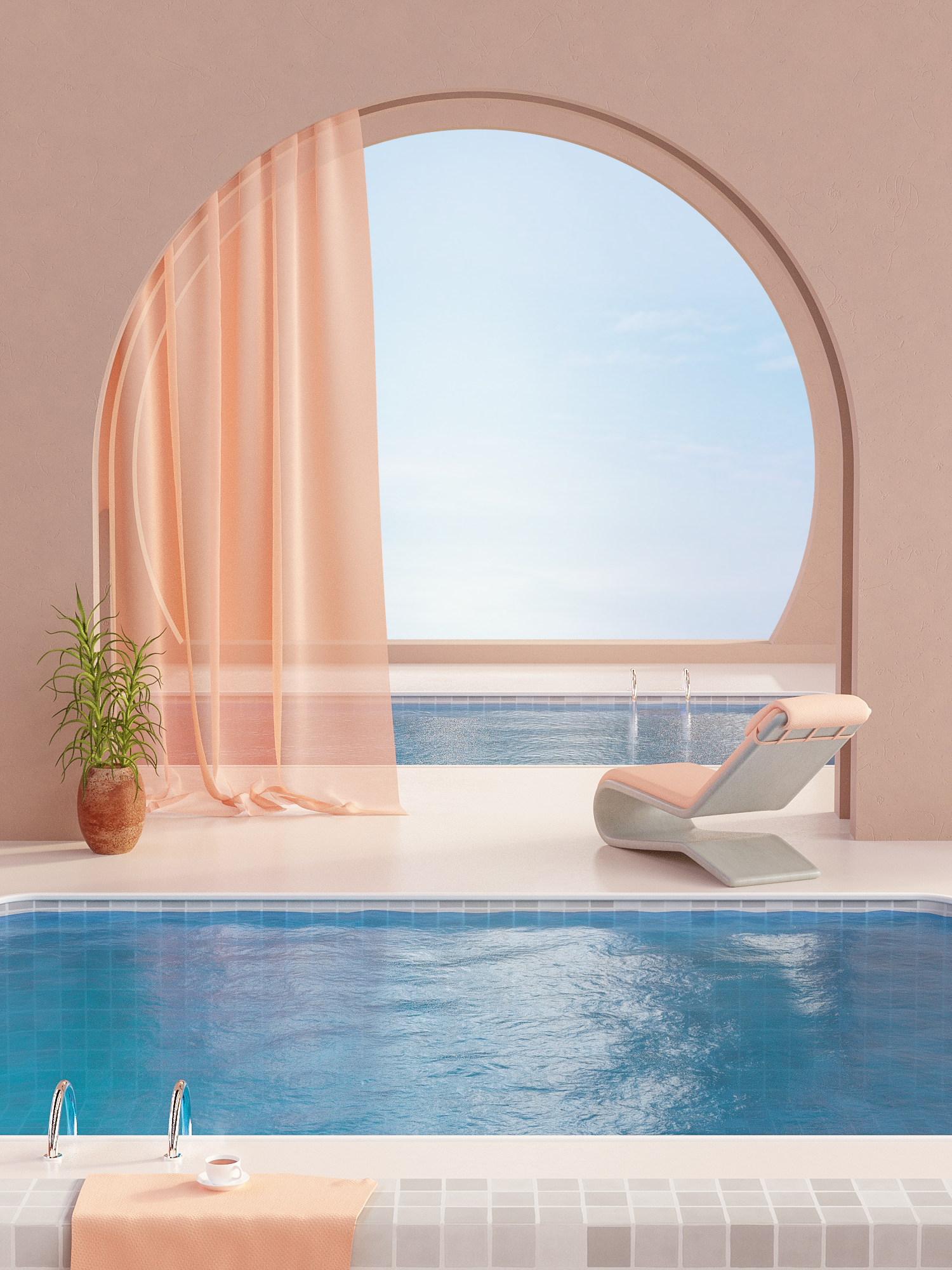
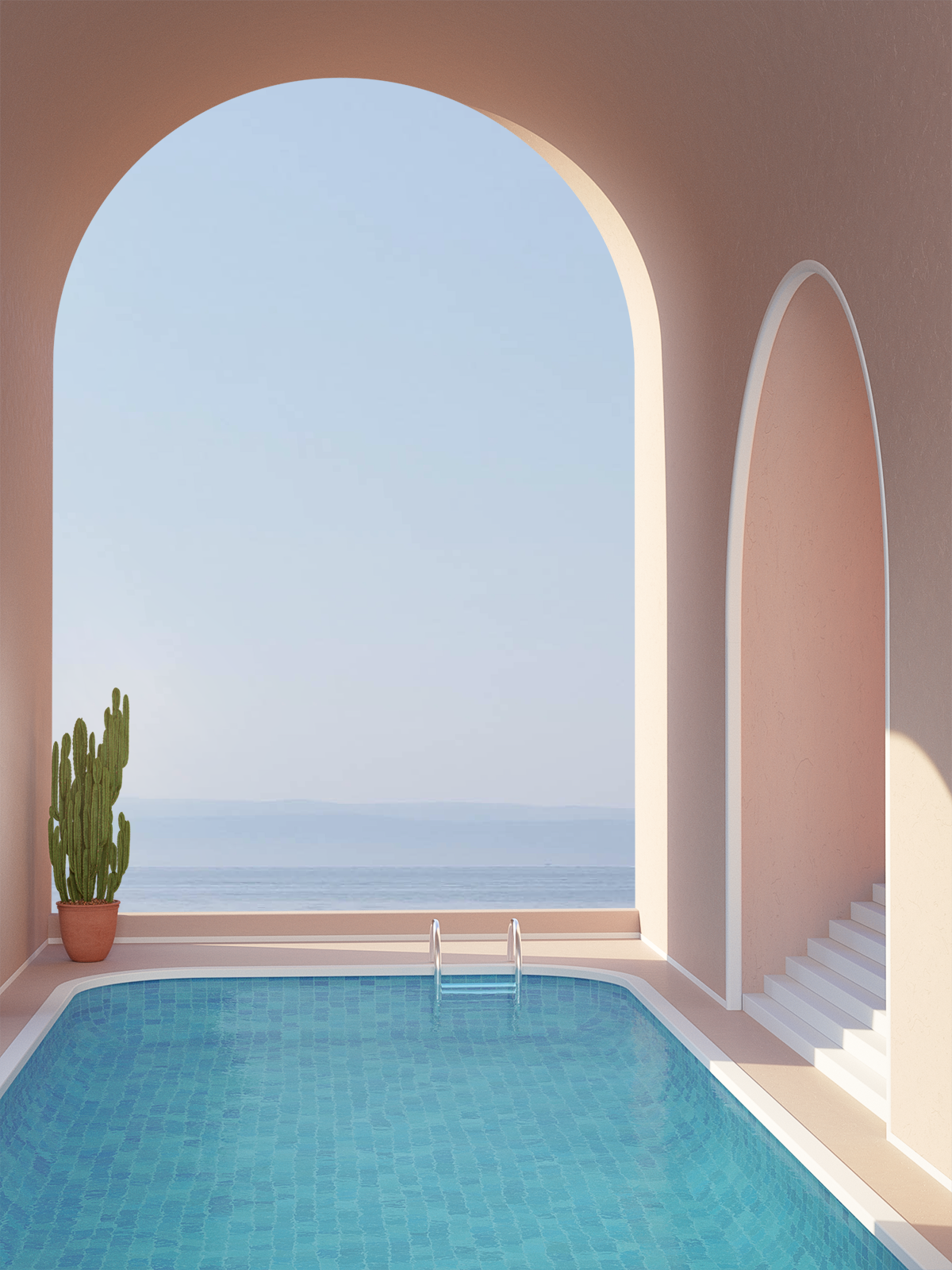
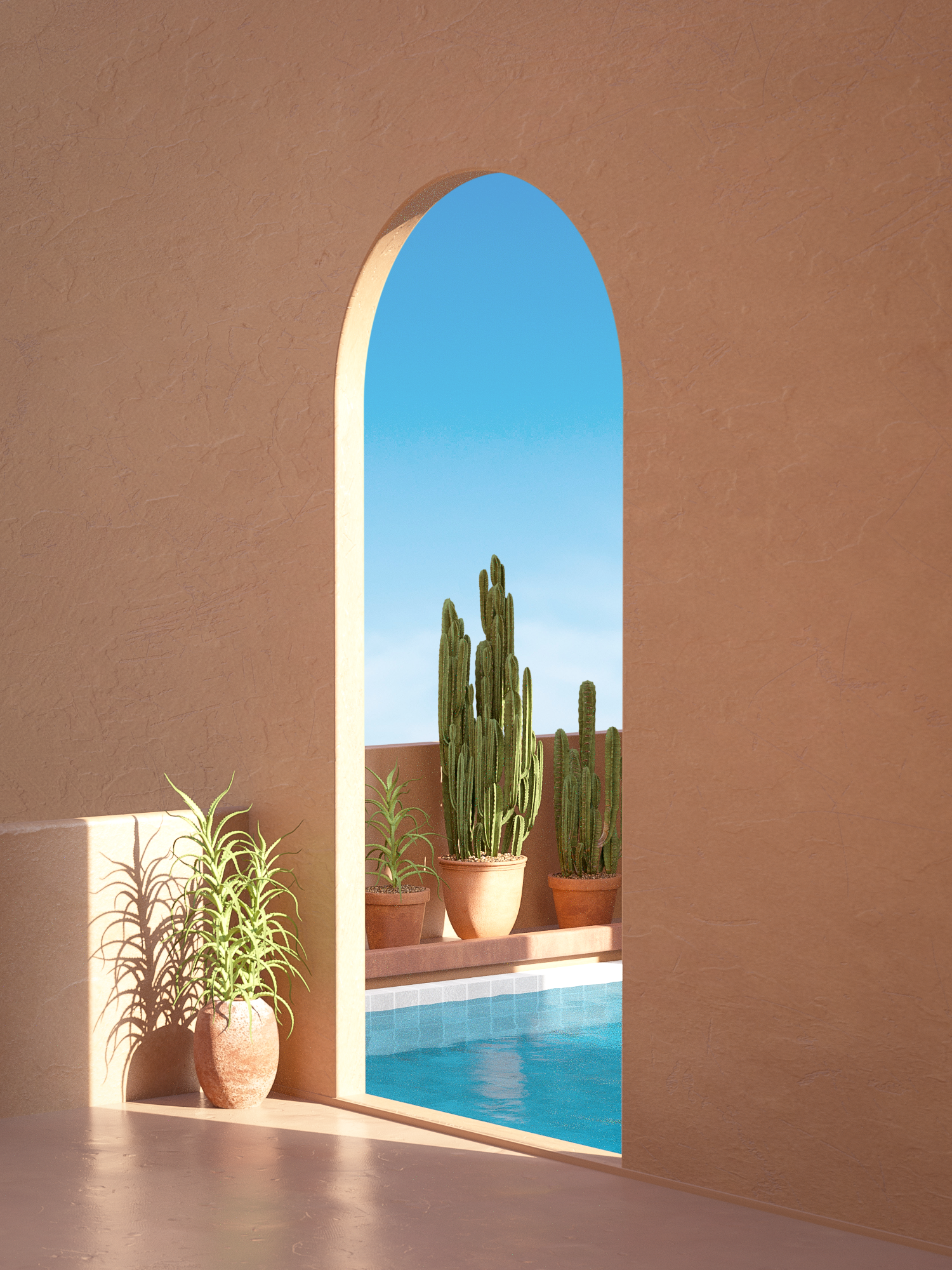
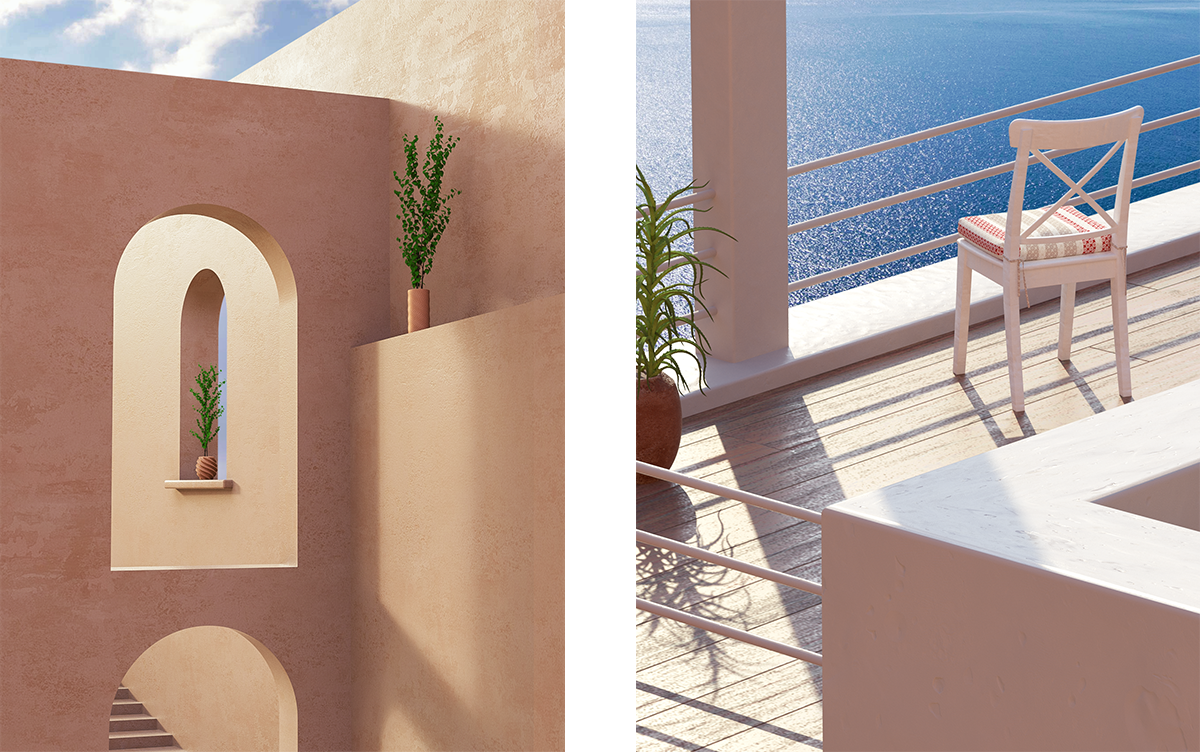
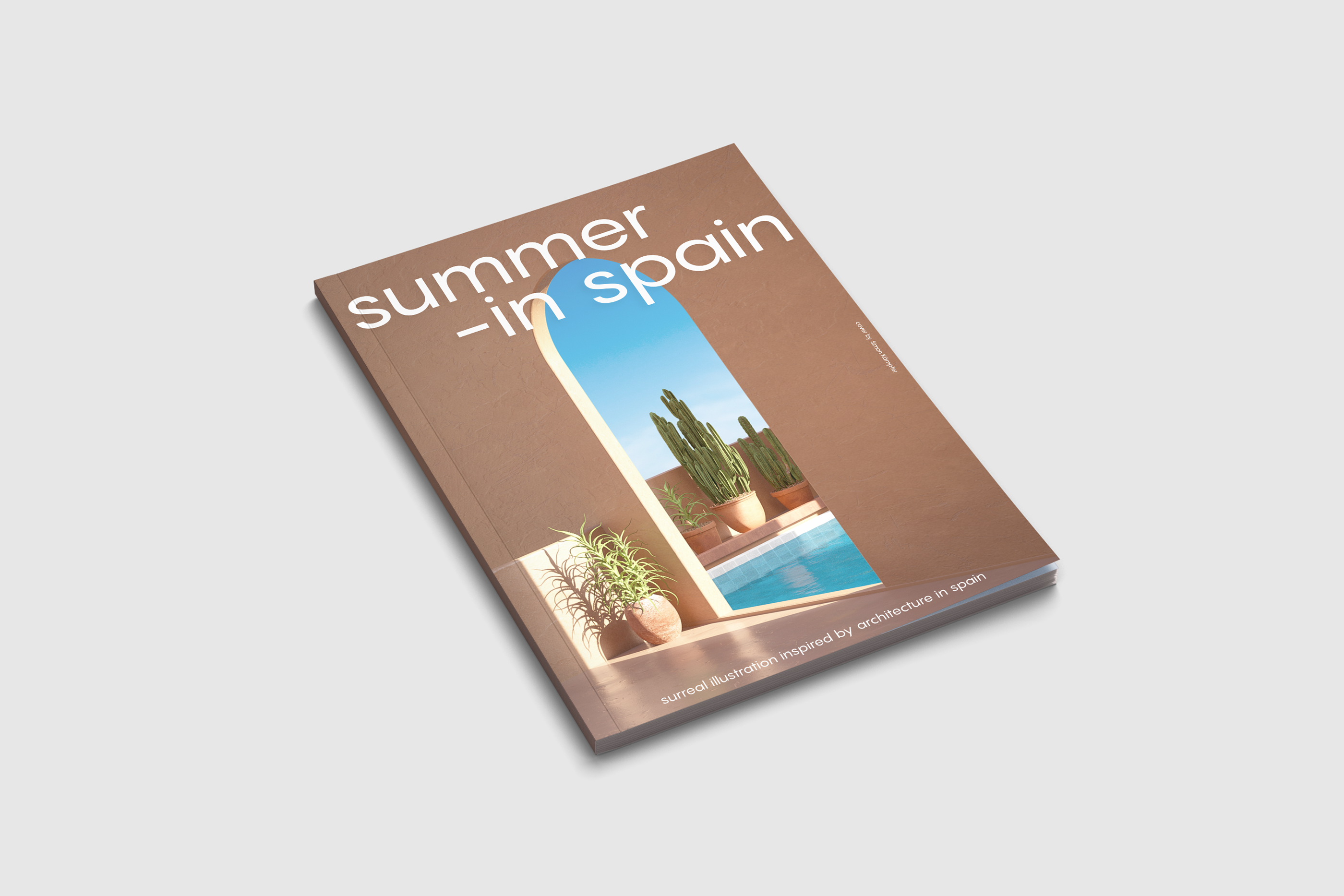
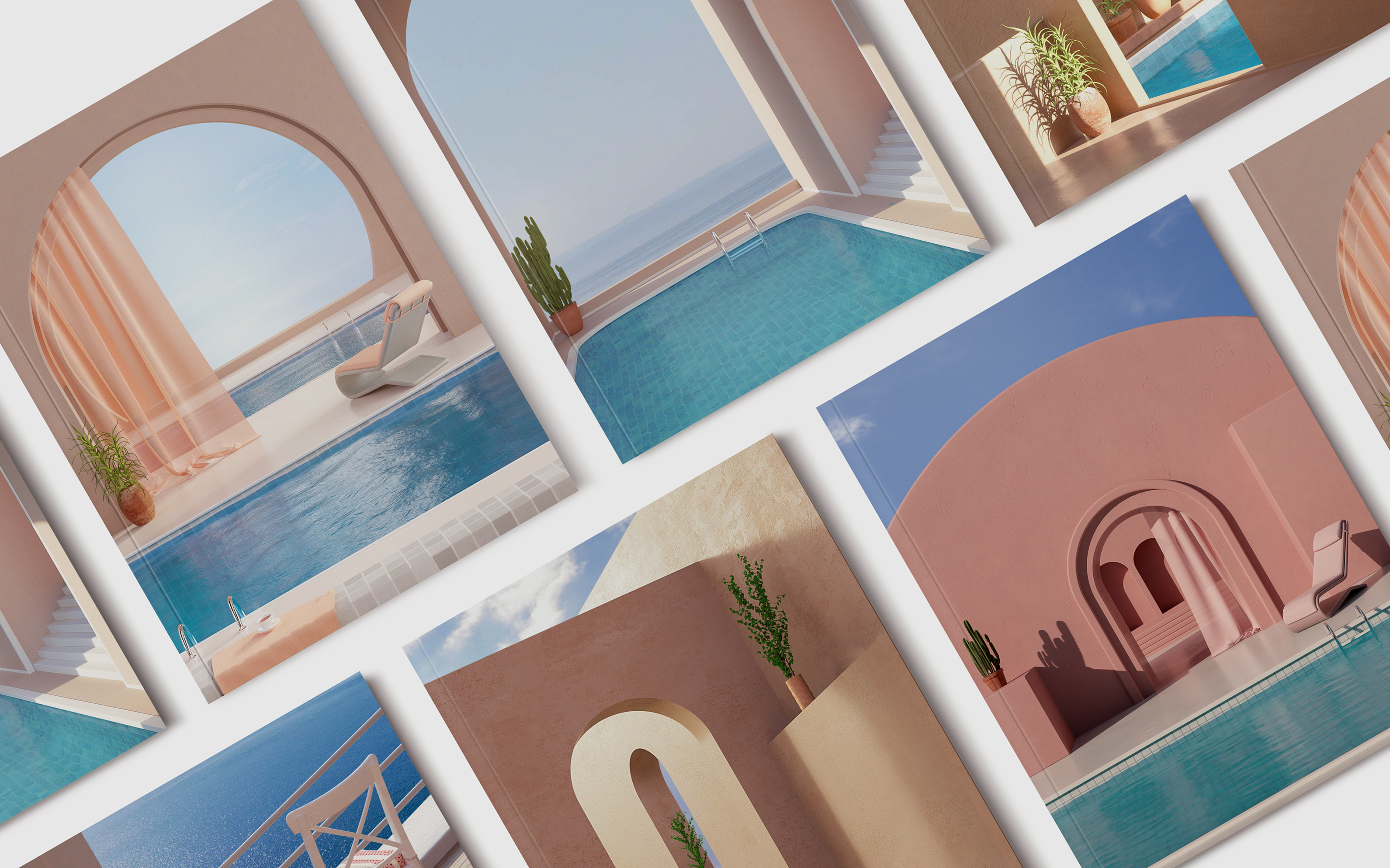
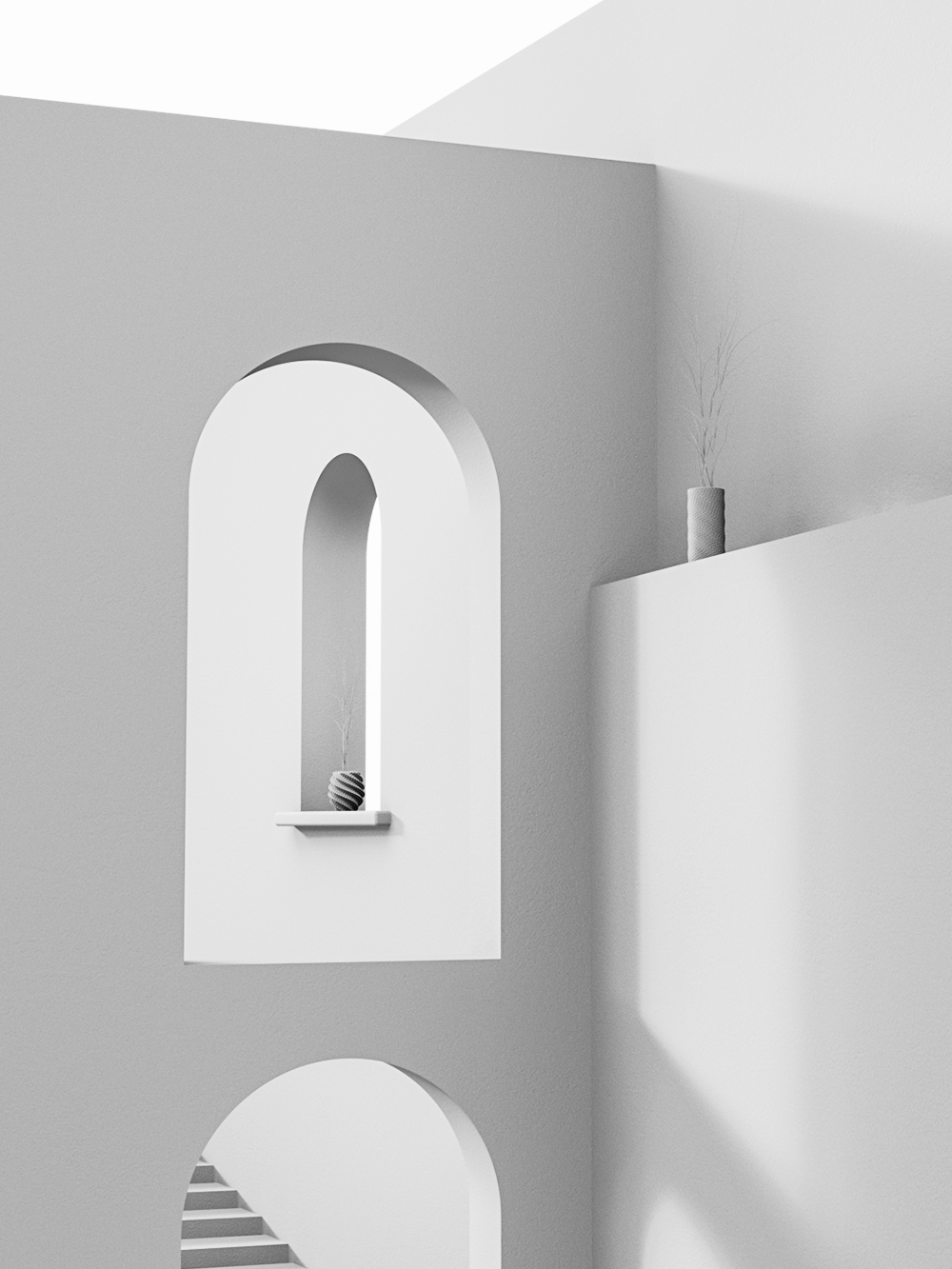
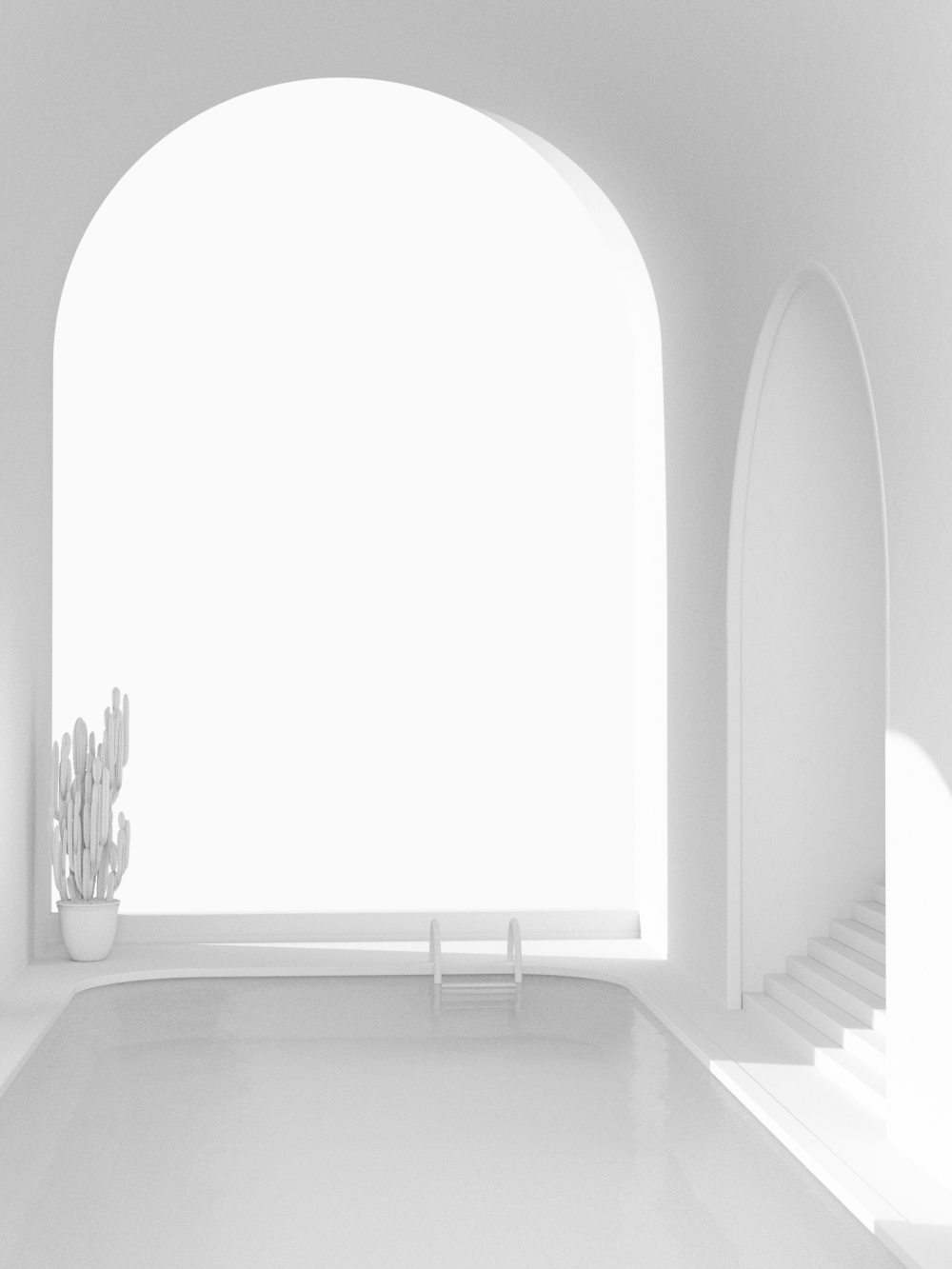
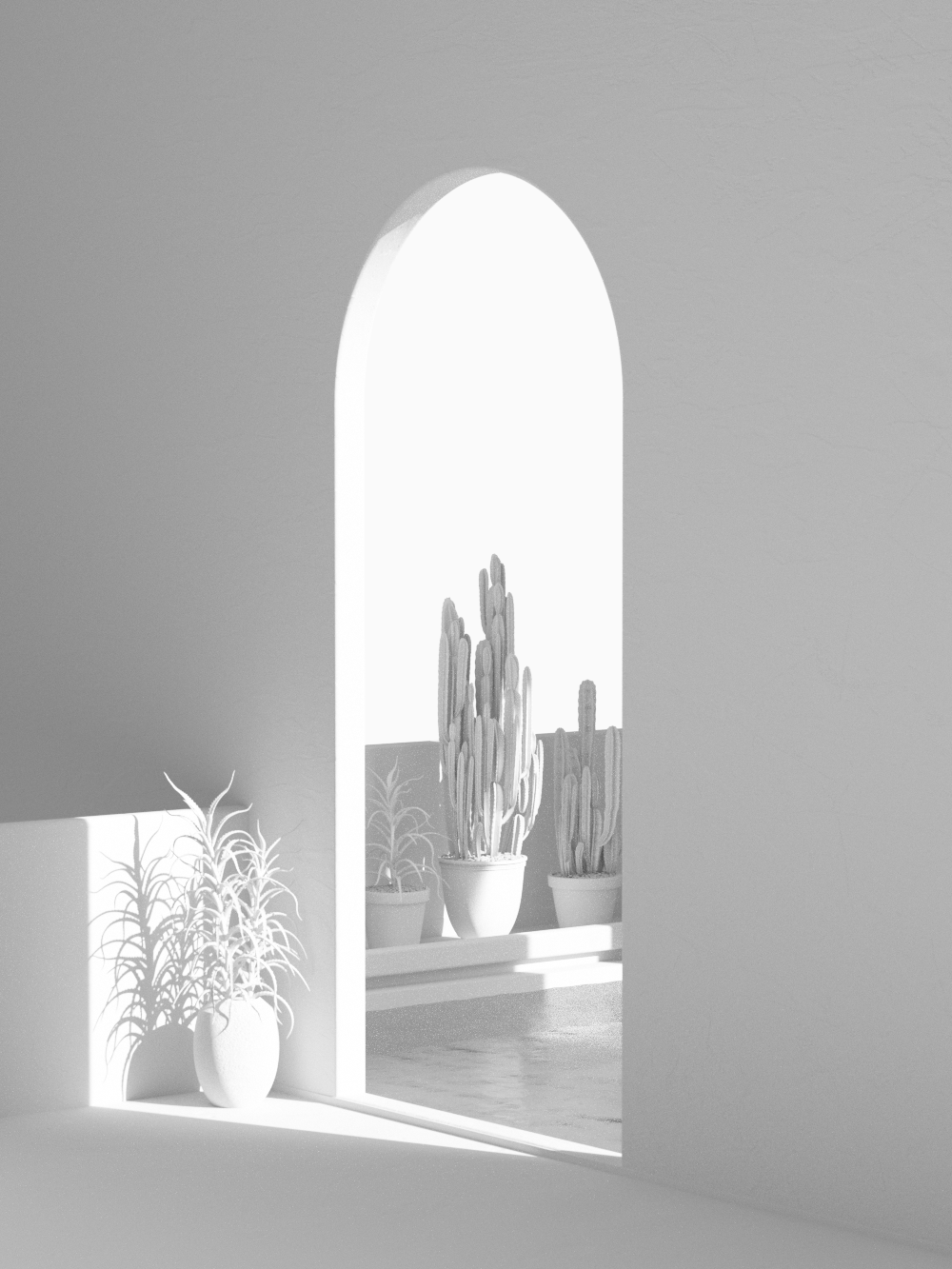
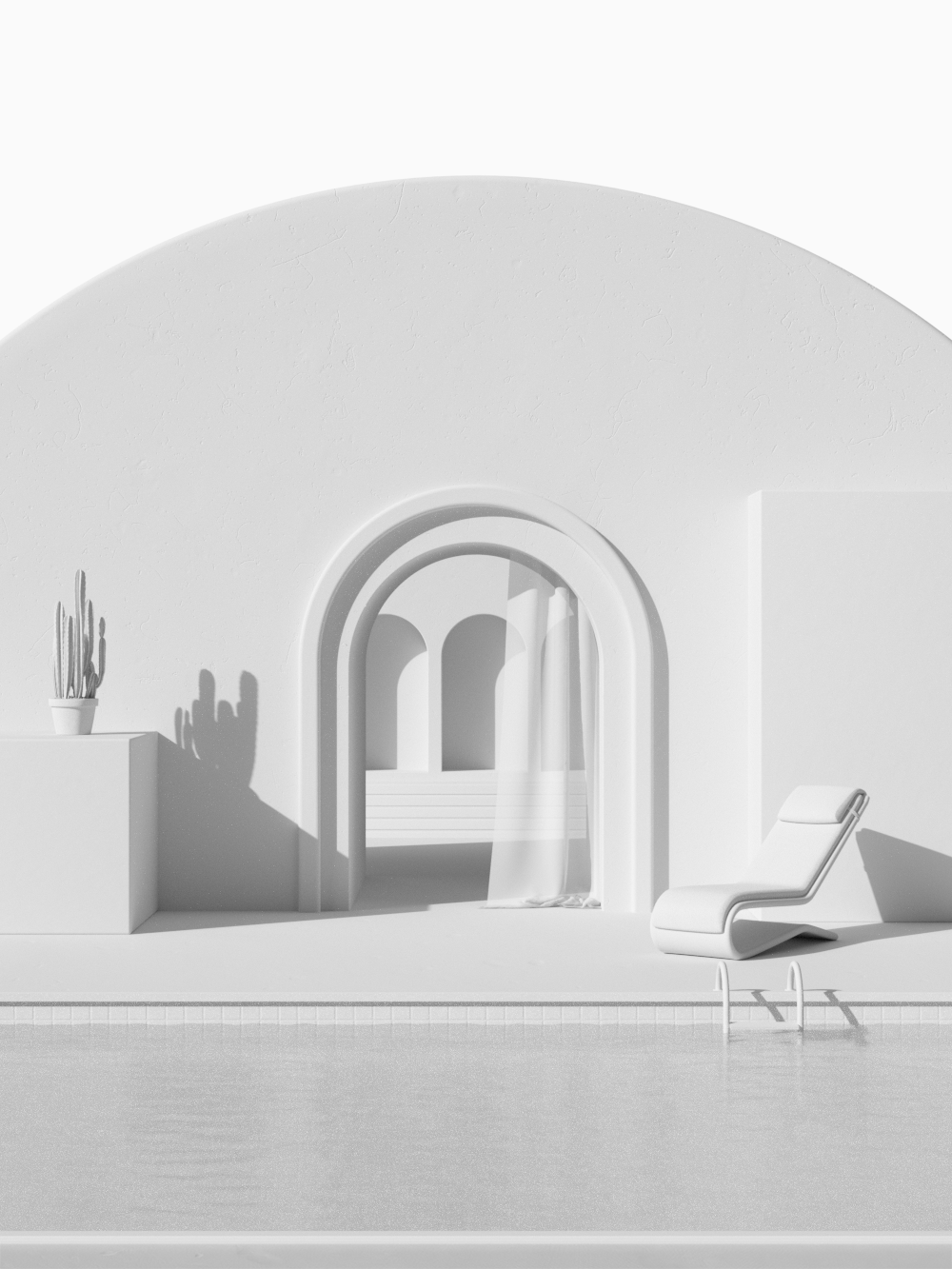 Work by Simon Kämpfer
Work by Simon Kämpfer





























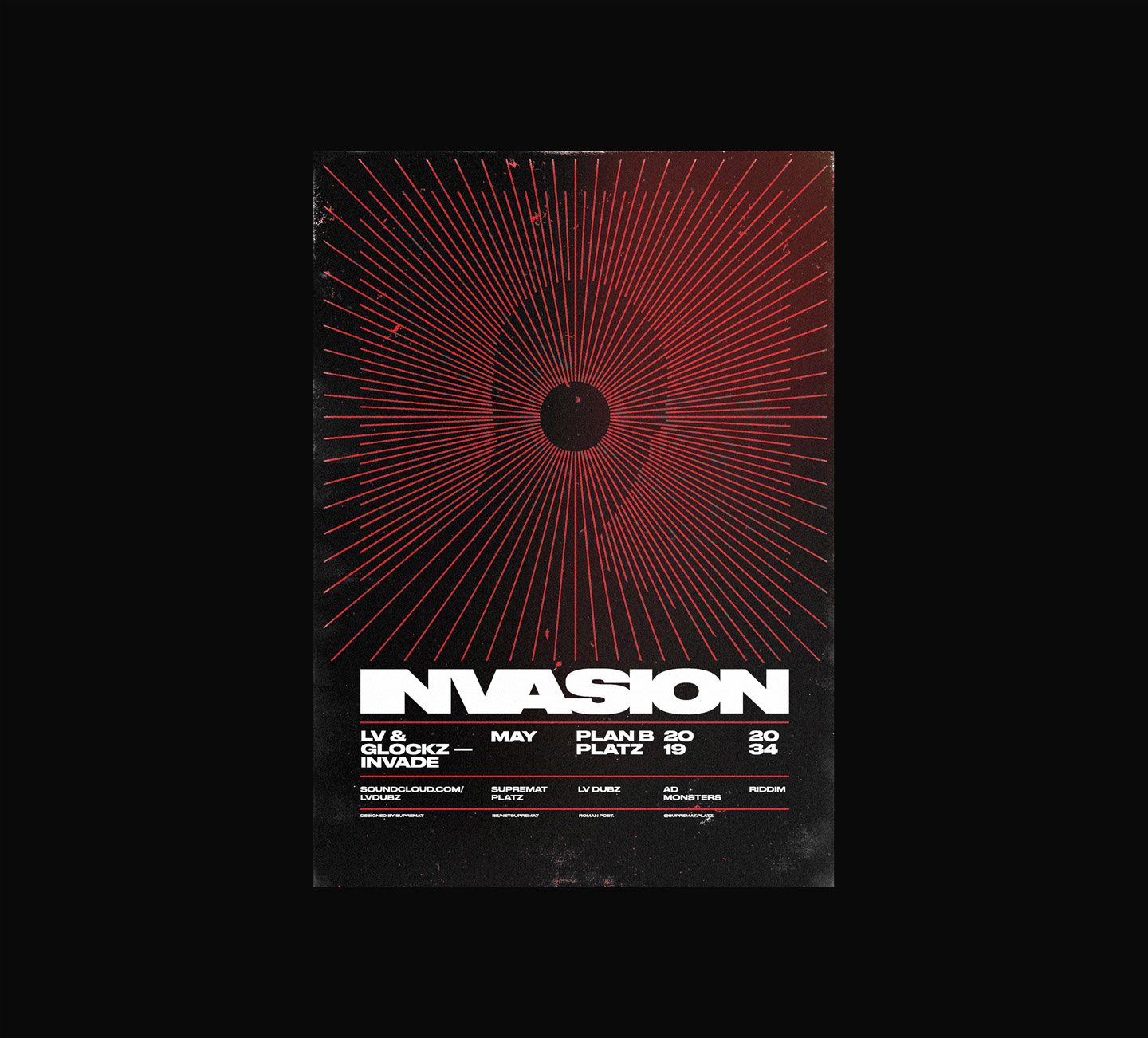

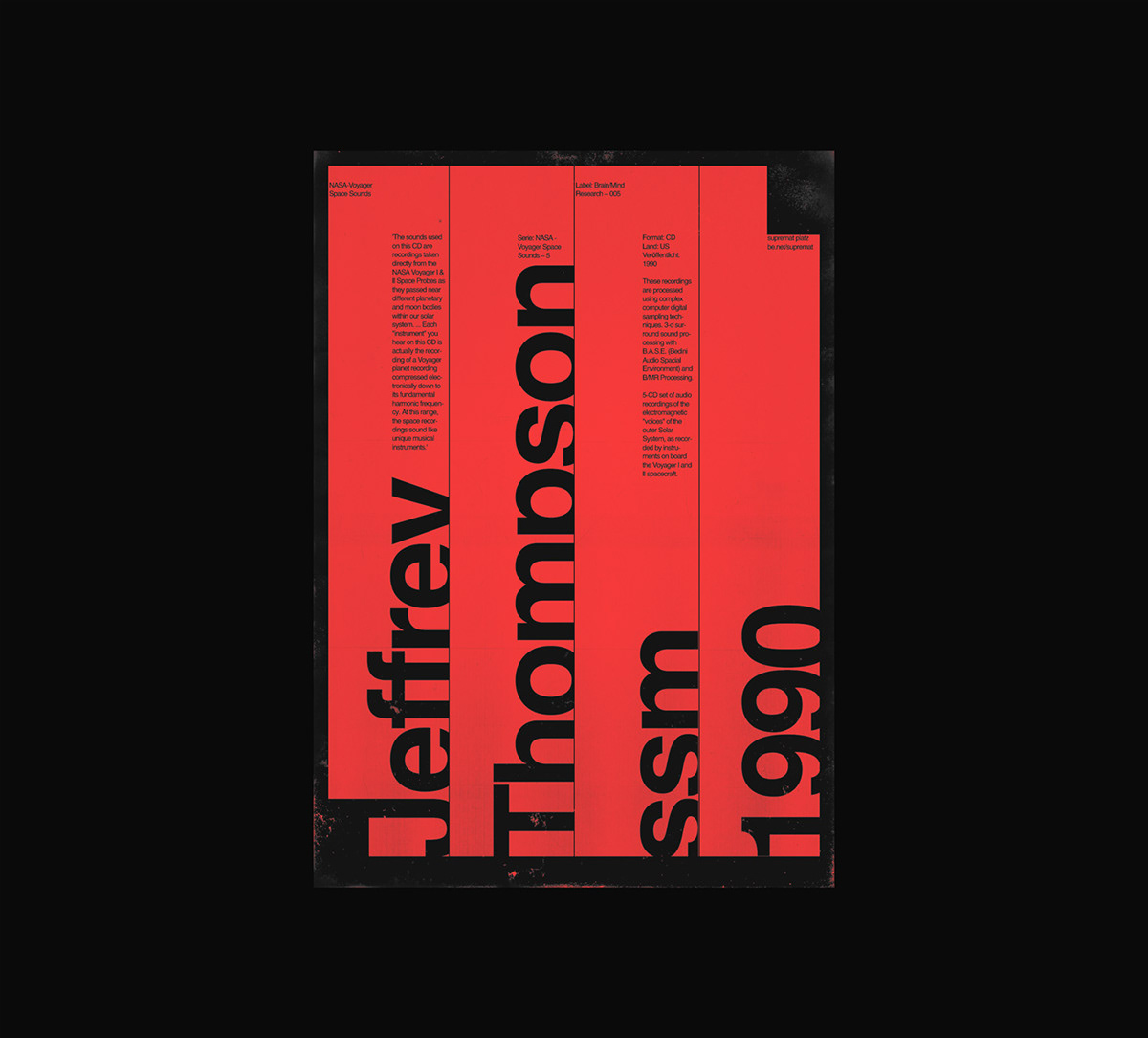
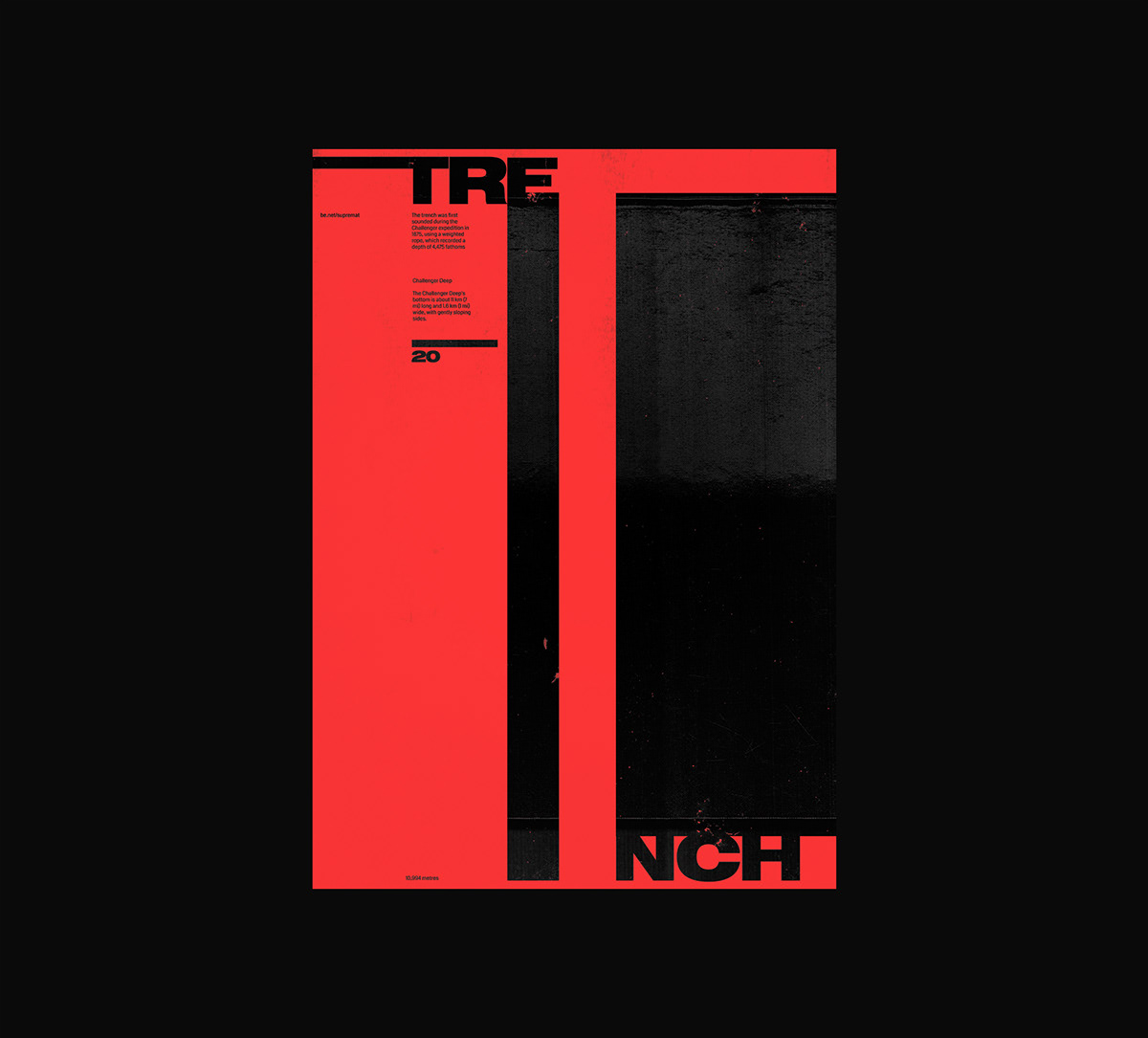
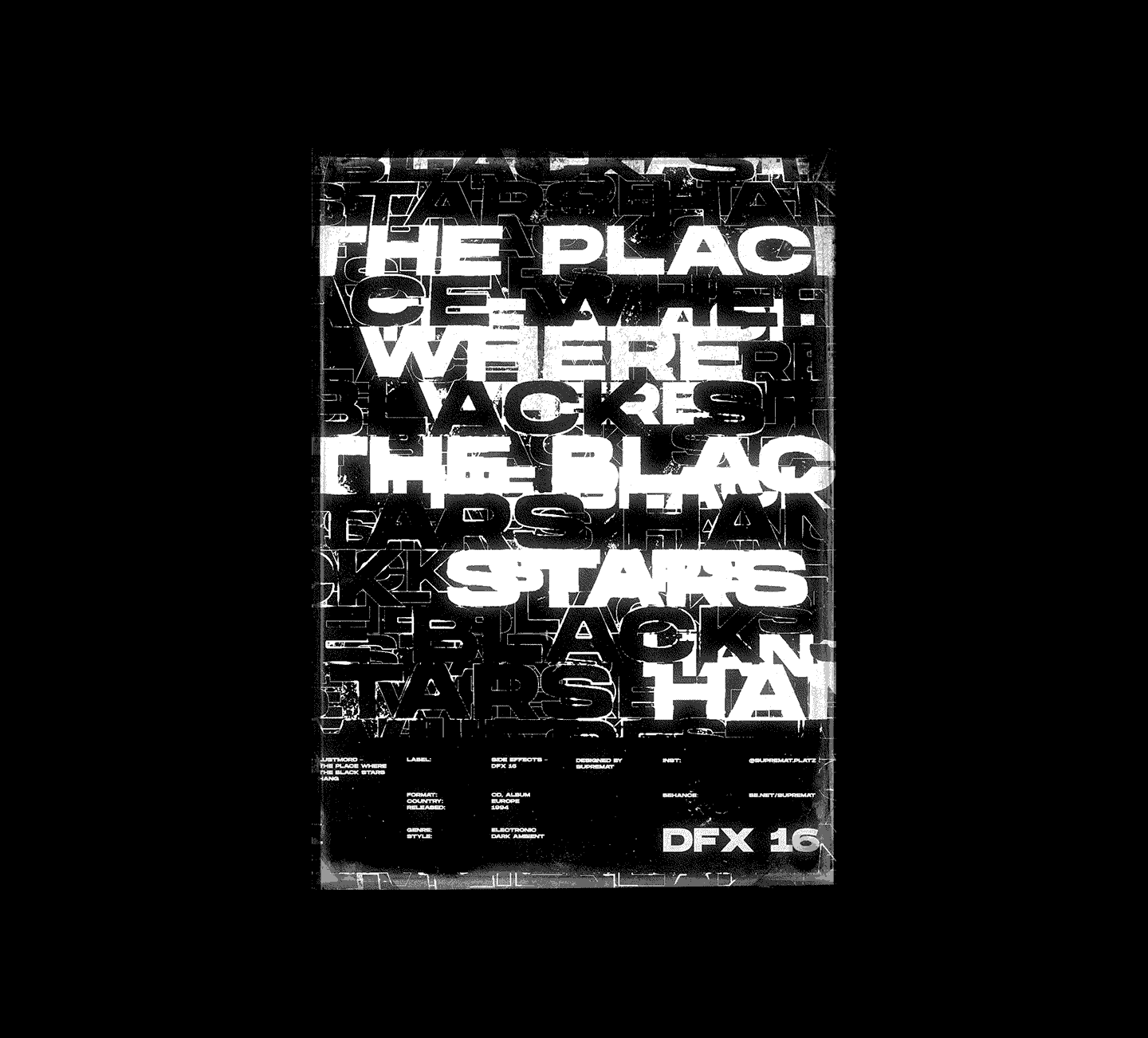
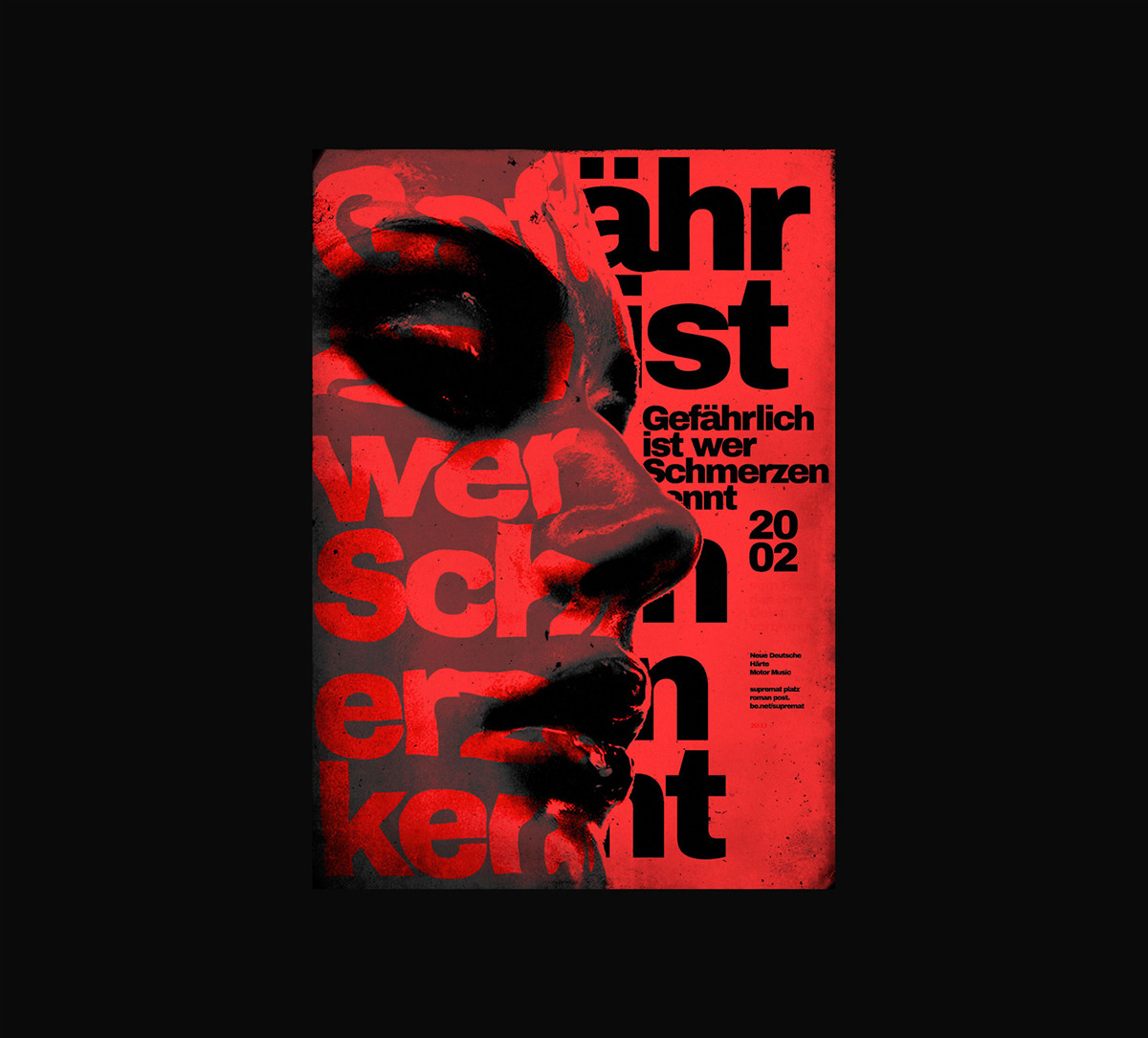
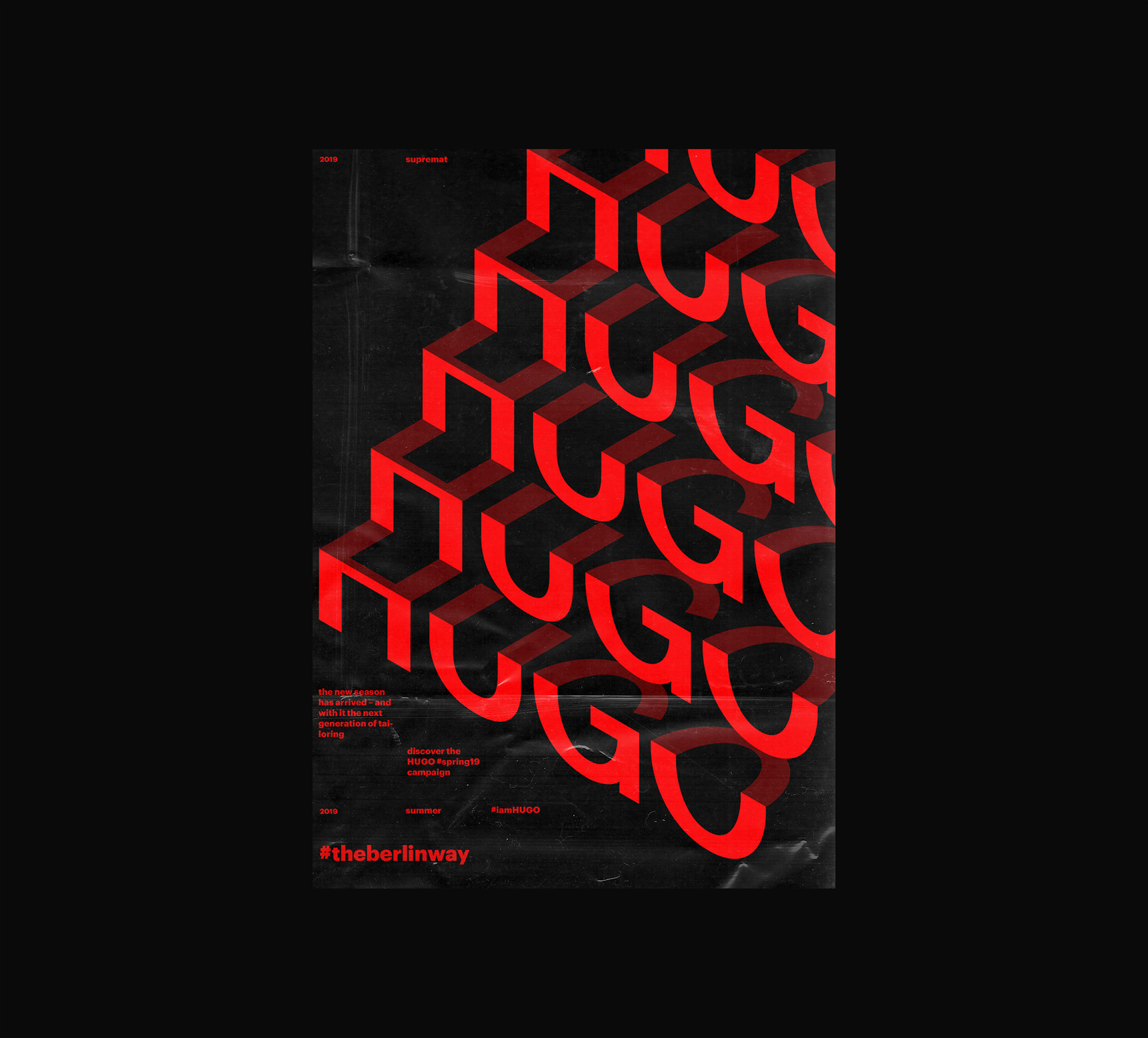
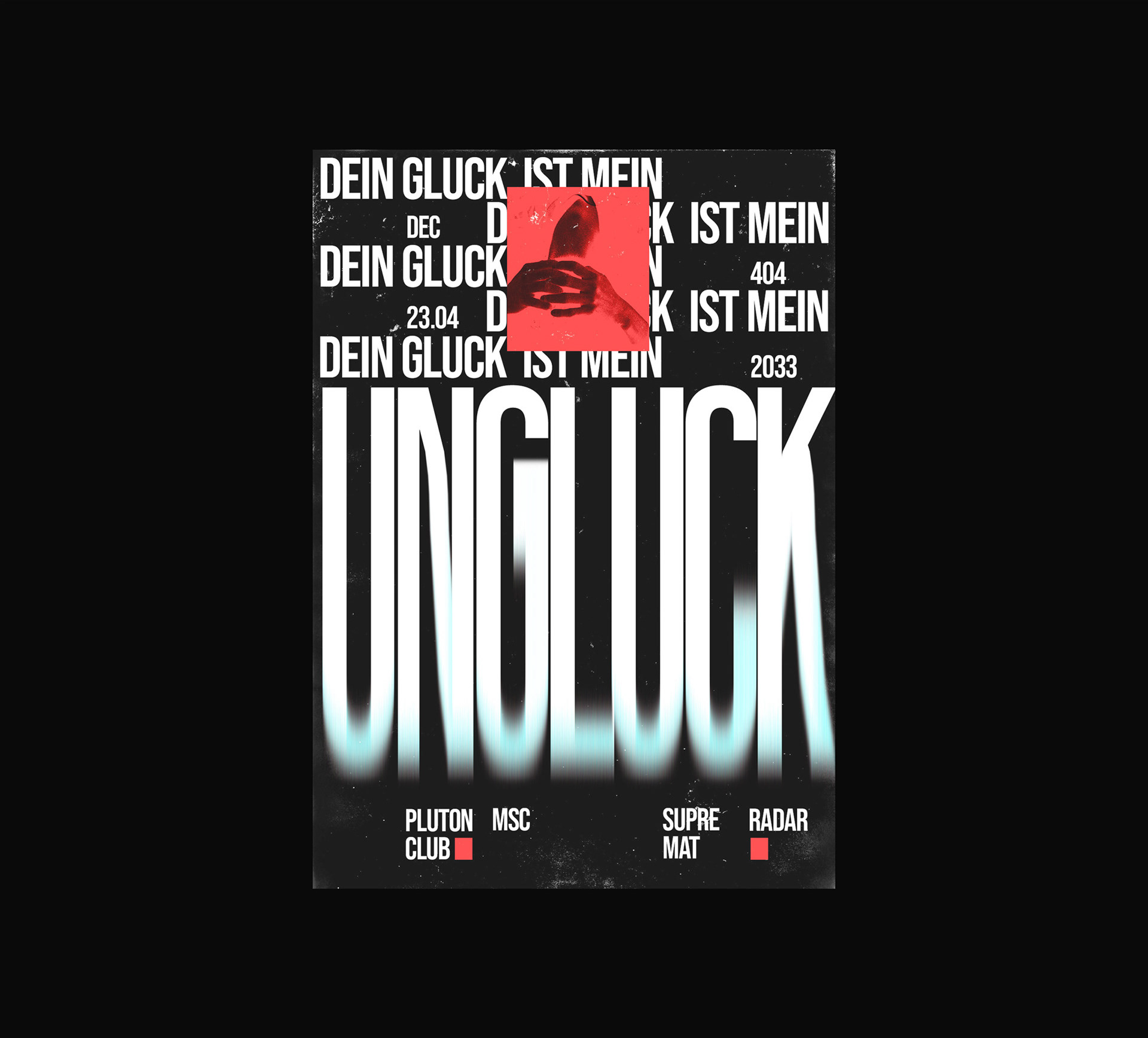
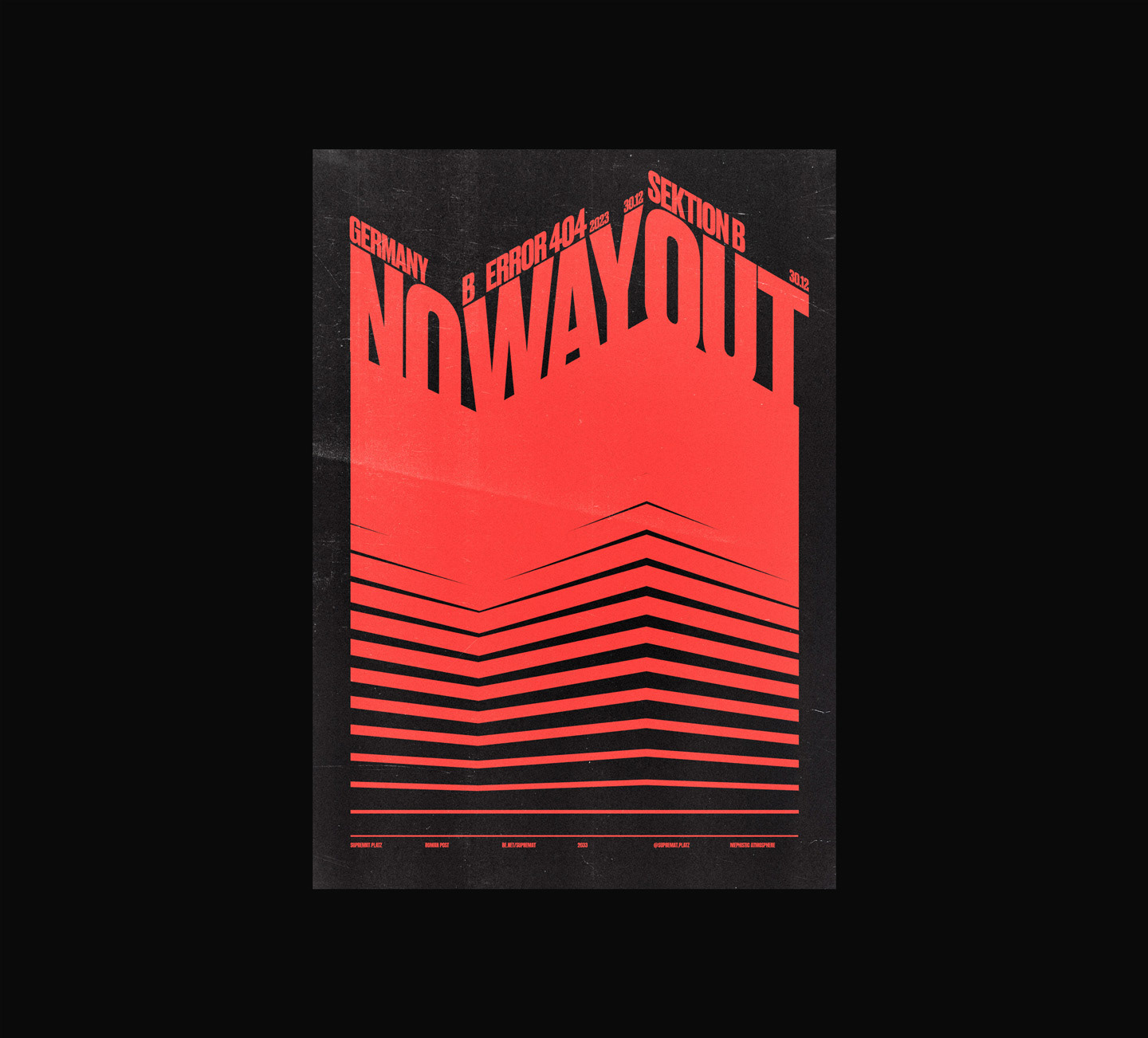


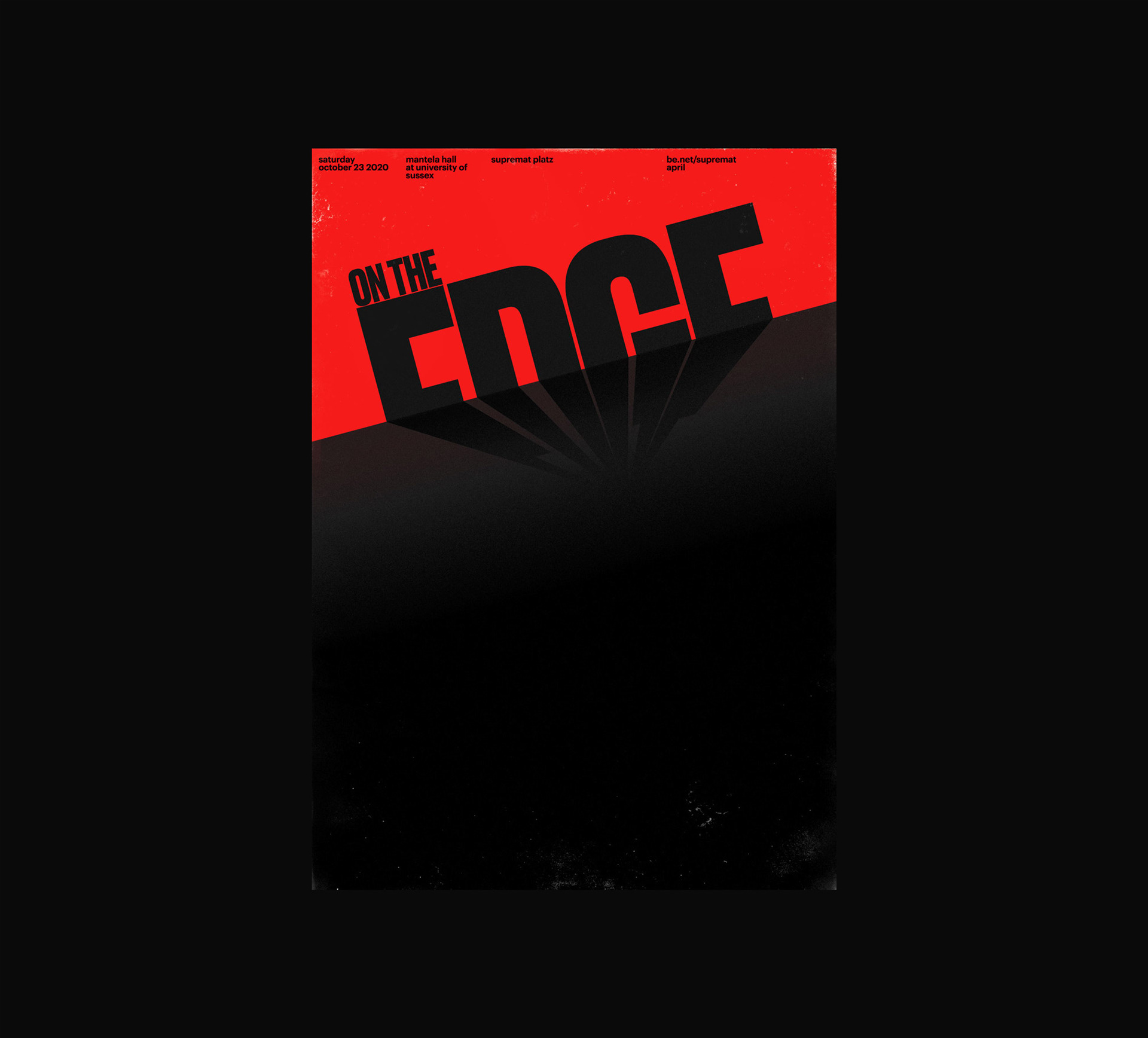
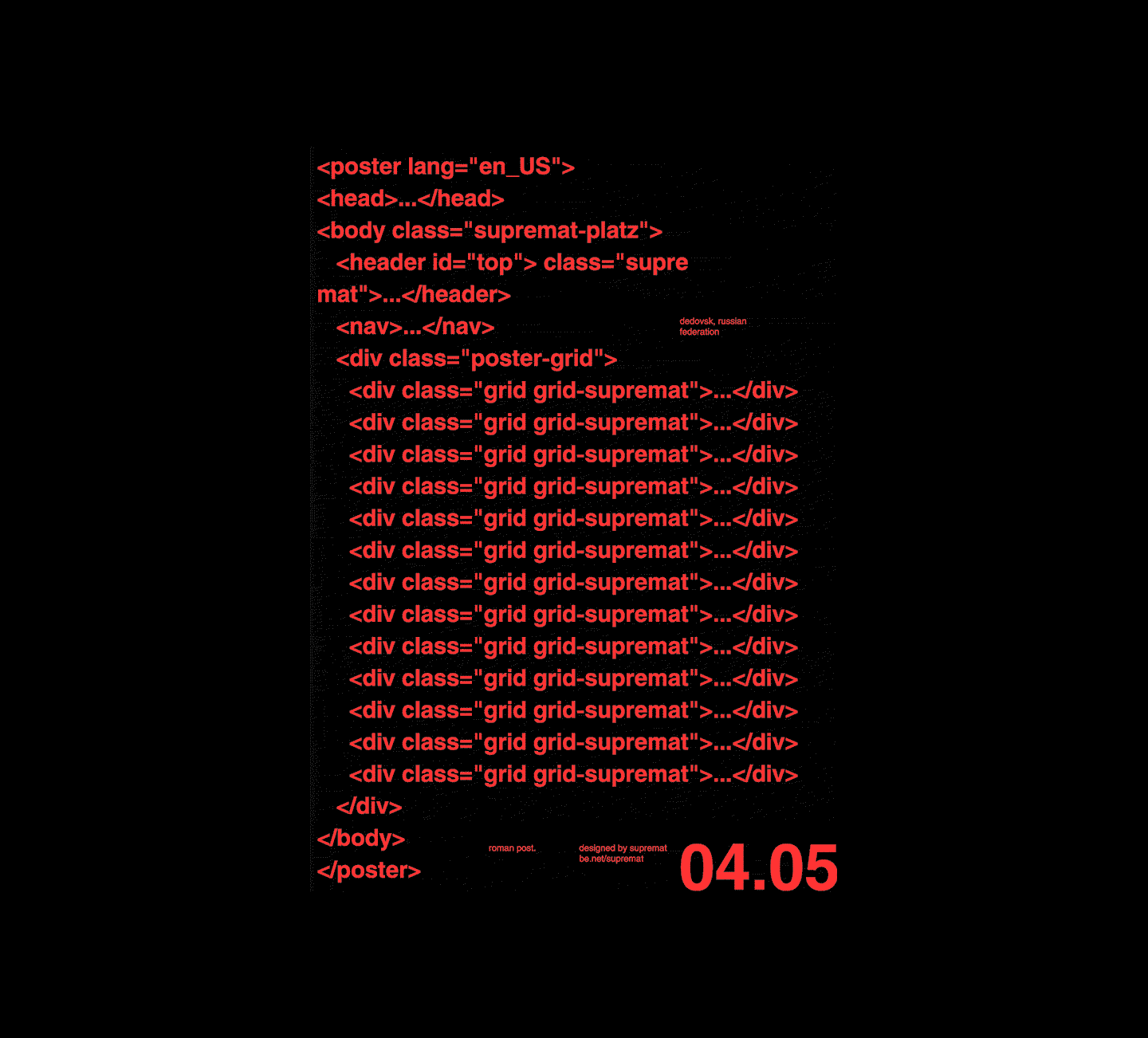 Work by Roman Post
Work by Roman Post
